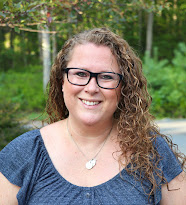
To celebrate Autism Acceptance Month AssistiveWare will be offering a 50% discount on 4 of their popular AAC apps: Proloquo2Go®, Proloquo4Text, Pictello and Keeble. Gateway to Language & Learning©, the core word vocabulary available through an in-app purchase in Proloquo2Go, will also be at half price.
The discount, available worldwide on the App Store, will be in effect from April 2nd until and including April 4th.
If you buy more, you save more
The discount also applies to Apple’s Volume Purchase Program for Education. When your school or educational organization purchases 20 copies or more, you get an additional 50% off!
Spread the word
Do you know people who could benefit from these apps? Make sure you share the news about this limited-time discount!
If you have any questions about the discount please contact the AssistiveWare support team at support@assistiveware.com
* Please note: The discount percentage is based on the US App Store. Exact prices vary from country to country. Bundles will not be discounted during this promotion.




































